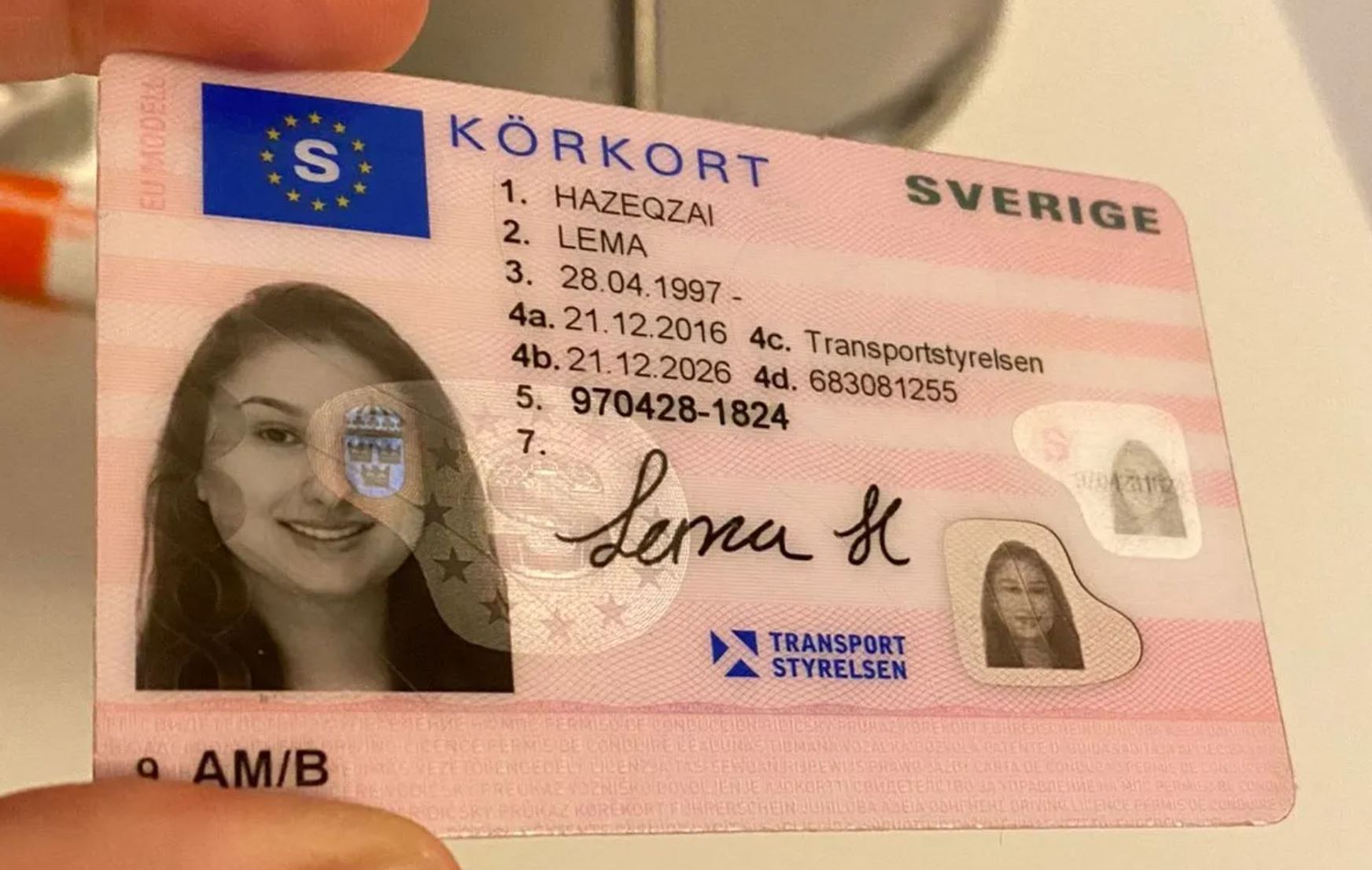10 Address Transportstyrelsen That Are Unexpected
페이지 정보
작성자 Reed 작성일25-07-06 05:14 조회14회 댓글0건관련링크
본문
Understanding Transportstyrelsen: Sweden's Transport Agency
Transportstyrelsen, or the Swedish Transport Agency, plays an important function in the management and regulation of various transport sectors within Sweden. Accountable for making sure safe, effective, and sustainable transport systems, this company oversees a wide variety of transportation modes, consisting of roadway, rail, aviation, and maritime. This short article explores the company's structure, functions, guidelines, and influence on the Swedish transportation landscape.

Overview of Transportstyrelsen
Established mainly to improve the management of the transport sector, Transportstyrelsen combines multiple functions related to traffic safety, facilities, and Referensnummer Körkort Online - http://124.236.46.74 - environmental effect. The company runs under the Ministry of Infrastructure and operates in cooperation with city governments, personal sector stakeholders, and international organizations.

Key Functions of Transportstyrelsen
Transportstyrelsen's responsibilities encompass a broad scope, which can be summarized as follows:
Regulatory Framework Development
- Develop guidelines and requirements for all transportation modes.
- Display compliance and enforce relevant laws and instructions.
Licensing and Registration
- Manage the licensing process for drivers and transportation organizations.
- Preserve an extensive database of registered vehicles and aircraft.
Traffic Safety Promotion
- Conduct research study and collect information on transportation security.
- Carry out projects focused on increasing public awareness about traffic security.
Sustainability Initiatives
- Promote ecologically friendly transportation options.
- Motivate the adoption of electric and alternative fuel automobiles.
International Collaboration
- Engage with other European and international transport authorities.
- Get involved in efforts aimed at balancing transport policies throughout borders.
Organizational Structure
Transportstyrelsen is organized into a number of departments, each concentrating on specific transport methods:
- Road Traffic Department
- Railway Department
- Maritime and Air Traffic Department
- Environment and Sustainability Department
- Financial Analysis and Strategy Department
This structure permits specialization and focused efforts in handling the diverse elements of transport within Sweden while making sure that all departments work collaboratively toward common goals.
| Department | Secret Responsibilities |
|---|---|
| Roadway Traffic Department | Manages driver licensing, automobile registration, and road safety policies. |
| Railway Department | Oversees train safety, facilities advancement, and service quality. |
| Maritime and Air Traffic Department | Manages shipping and aviation, guaranteeing compliance with security requirements. |
| Environment and Sustainability Department | Addresses transport-related ecological problems and promotes sustainability practices. |
| Financial Analysis and Strategy Department | Performs financial analyses to inform policy and technique on transportation efforts. |
Influence on the Swedish Transport System
Transportstyrelsen's impact on the Swedish transport system is profound. The firm's guidelines and policies form the security, effectiveness, and ecological impact of transport in Sweden. Key contributions include:
- Enhanced Safety Standards: By setting strict security regulations and continuously keeping track of compliance, the firm assists lower accident rates and improve total road, rail, and air security.
- Promotion of Public Transport: Through financial investments and assistance for public transportation systems, the firm encourages a shift from personal lorry reliance to more sustainable and eco-friendly transportation modes.
- Support for Innovations: The agency cultivates development in the transport sector by supporting new innovations such as electric lorries and wise traffic systems, aiming to satisfy both existing and future challenges in transportation logistics and environmental management.
Regulation Compliance
To ensure compliance with Transportstyrelsen's regulations, stakeholders in the transport sector must comply with various standards and requirements. This includes acquiring required licenses, undergoing evaluations, and submitting reports on safety performance.
Vital Compliance Areas
- Chauffeur Licensing Requirements
- Vehicle Inspection Standards
- Safety Protocols for Transport Operations
- Ecological Regulations for Vehicle Emissions
- Functional Standards for Public Transport Services
Violations of these guidelines can lead to significant penalties, including fines and the revocation of authorizations or licenses.
Regularly Asked Questions (FAQs)
What is Transportstyrelsen?Transportstyrelsen, or the Swedish Transport Agency, is the government authority responsible for regulating all aspects of transportation in Sweden, consisting of roadway, rail, maritime, and air travel sectors. How does Transportstyrelsenensure safety in transportation?The agency develops and implements guidelines, conducts research study, and executes safety projects to promote safe transport practices amongst all roadway users. What kinds of vehicles does Transportstyrelsen regulate?Transportstyrelsen controls a wide range of automobiles, including automobile, commercial lorries, motorbikes, aircraft, and maritime
vessels. How can I contact Transportstyrelsen?Transportstyrelsen can be contacted via their main site where numerous resources, contact details, and forms for inquiries are provided.
Exists an appeal procedure for licensing decisions made by Transportstyrelsen?Yes, individuals and business can appeal choices made by Transportstyrelsen concerning licenses and guidelines as described in their main
guidelines. Transportstyrelsen is an essential part of Sweden's transportation landscape, ensuring that the systems in place are not just efficient and effective however also safe and ecologically mindful. Its multifaceted duties,
from regulation to public security, develop a framework that benefits both the Swedish population and the broader transport network. Comprehending Transportstyrelsen's functions and functions helps stakeholders navigate the intricacies of the transport sector, promoting compliance and promoting developments necessary for future sustainability.
댓글목록
등록된 댓글이 없습니다.